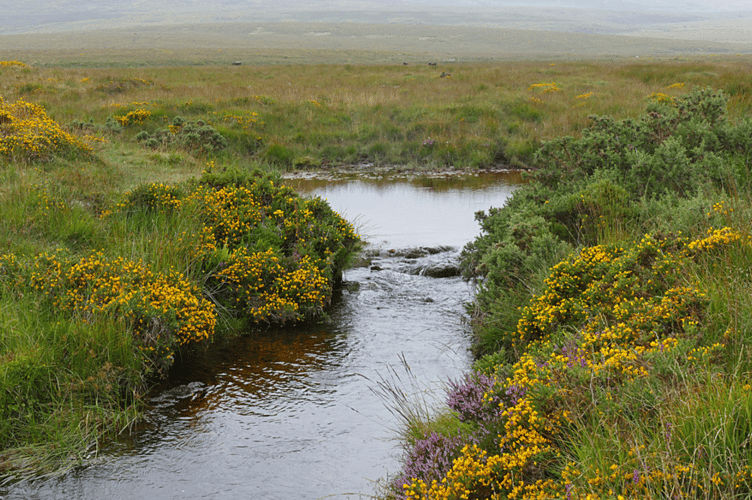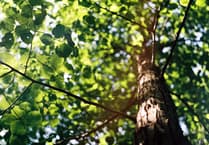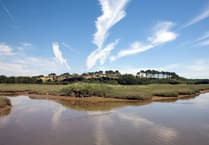Dartmoor's landscape is a tapestry of beautiful and diverse habitats, ranging from lush haymeadows to dense woodlands and tranquil wetlands.
According to the Dartmoor National Park website these ecosystems are not only home to a plethora of flora and fauna, but also play a vital role in maintaining the delicate balance of the planet's natural systems.
Let's dive in and discover the hidden wonders of Dartmoor's natural world.
Haymeadows on Dartmoor
Did you know that a meadow is a beautiful field filled with grass and colourful flowers? They're usually found on well-drained soils and are managed by letting the grass grow until late summer before cutting it in July. After that, the meadow is grazed for a few weeks. Meadows can either be naturally occurring or artificially created by clearing shrubs or woodland. These open, sunny areas attract and support different types of flora and fauna that can't thrive in other conditions. You'll find lots of wildflowers in meadows, such as black knapweed, ox-eye daisy, self-heal, and yellow-rattle. But the most notable plants are the orchids, including the greater butterfly orchid, southern marsh orchid, and heath spotted orchid.
Why are these haymeadows important?
Flower-rich haymeadows create a rare and crucial habitat for a diverse range of wildlife. Sadly, 95% of these meadows have been lost since World War Two, mostly due to agricultural intensification and development. These meadows are vital for bees, butterflies, grasshoppers, small mammals, and birds like the rare cirl bunting. It is important we all do our part to protect these beautiful meadows and the wildlife that depends on them.
Where are the haymeadows on Dartmoor and when is the best time to see them?
Take a moment to appreciate the beauty of haymeadows during June and July. These meadows are a sight to behold with their bright and varied colours. Although there aren't many haymeadows remaining on Dartmoor due to neglect and inappropriate farming practices, there are still some good examples for us to cherish. Traditional, low-intensity farming is the key to preserving these wildlife-friendly haymeadows. Let's take the time to explore and appreciate these wonders of nature on guided walks.
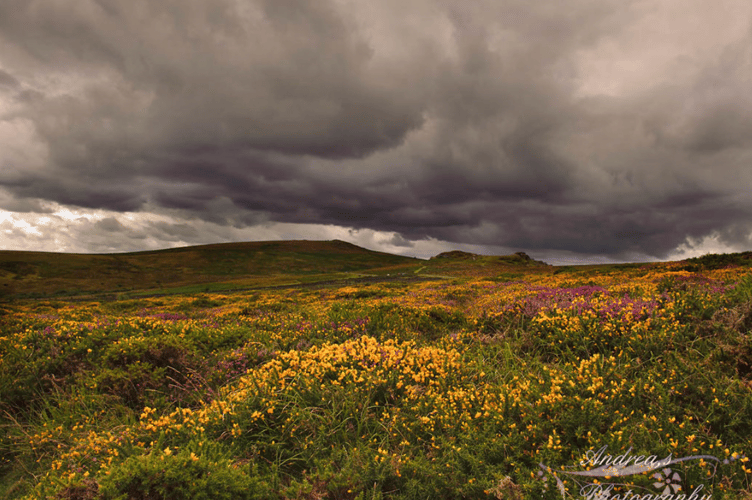
Dartmoor’s woodland
The National Park boasts ancient oak woodlands that have been standing tall for centuries, providing a home for rare lichens and nesting birds like the pied flycatcher and wood warbler. The wet woodlands of willow and alder found in the valley bottoms also add to the natural beauty of the park. While the large forestry plantations lack native trees, they still serve as a home for unique species like the crossbill, and clear-felled areas offer a refuge for nightjar and other creatures. It's truly inspiring to see how nature has thrived and adapted in this diverse ecosystem.
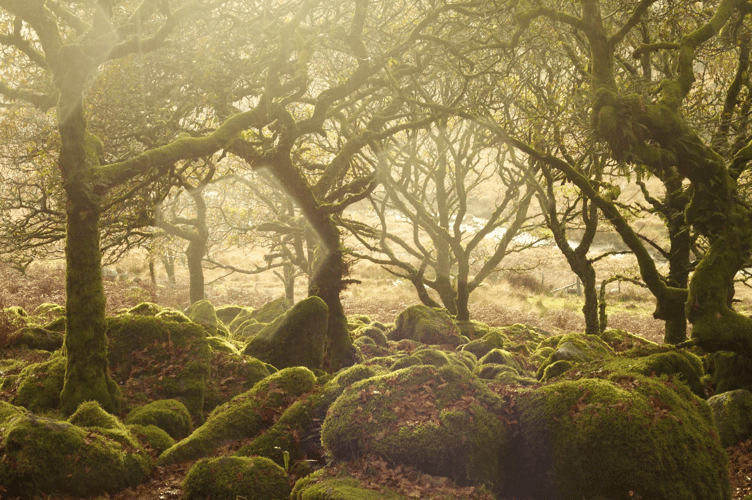
Dartmoor’s wetlands
While many visitors are drawn to its towering tors and gushing streams, there's a secret world at the heart of the moors just waiting to be explored. From carnivorous sundews and butterworts that trap unsuspecting insects, to wading birds like the world's southernmost population of breeding dunlin, there's no shortage of fascinating flora and fauna to discover. And let's not forget the sponge-like sphagnum mosses that cover the land in a rainbow of green, gold and red hues - it's truly a sight to behold! So why not venture off the beaten path and uncover the rare and remarkable wetlands that make Dartmoor so internationally important?
How the blanket bogs help us
Blanket bogs can be found at the headwaters of several of Devon's larger rivers such as the Dart, Tavy, Taw, and Teign. These bogs are made up of sphagnum moss, which has remarkable absorption properties. During heavy rainfall, the moss absorbs water and then provides clean, naturally filtered supplies during times of drought. Peatlands are also crucial carbon stores. Dartmoor alone harbours approximately 10 million tonnes of carbon in its peatland soils, which is equivalent to the carbon dioxide emissions produced by UK industry in a single year.
The threats to bogs
The thought of bogs drying out and eroding is certainly distressing as it leads to reduced biodiversity, poor water quality, carbon release, and the loss of important historic records spanning millennia. However, the good news is that today's farming and landowning custodians are working hard to manage the blanket bogs for people and wildlife. This is a positive step towards preserving the habitat and its ability to deliver vital services for local communities.
